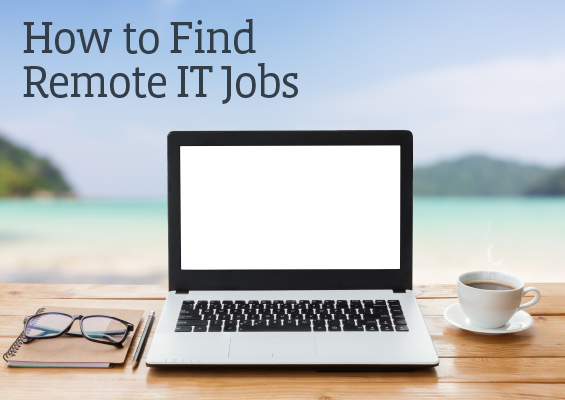Surely everyone in the IT industry has done it at least once: wondered why they even considered attending a certain conference or tradeshow after it was over. It happens. Many of us end up travelling across the country, or across world, to sit in training sessions, to brush up on industry best practices or to share our own expertise with peers and partners. And despite all the time spent on the road, we often end up missing valuable educational sessions or networking opportunities.
Over the past 15 years, I’ve had the opportunity to attend a variety of events, from the largest IT industry conferences to more intimate channel roadshows. Regardless of the size or number of associated activities, there just never seems to be enough time to take in all the activities that would improve my knowledge, skills and business.
As a magazine editor, almost every waking hour on the road was spent in interviews or watching demos, or networking with providers, vendors and other channel professionals. It could be exhausting. But it taught me the value of planning my event schedule far-ahead. That process, which I still follow today, typically starts a month or more in advance by reviewing the agenda and marking off the most interesting sessions in my calendar. I also jot down the names of speakers, friends, and other notable channel professionals expected to be in attendance, compiling my own onsite itinerary.
Attendance at conferences and other events, like any work activity outside the office, should be considered an investment. That philosophy has served me well over the past 15 years. Time is money and, whether you’re the company owner or an employee, going to an industry event or professional training session should result in some type of benefit to your business. While it’s not easy (or even possible, in some cases) to accurately calculate an ROI, a simple check list of objectives for each trip can help travelers qualify the level of their success.
With the kickoff of CompTIA’s Annual Member Meeting just a couple weeks away, there’s no better time to build an event strategy for your business. In fact, here are several of the best practices I acquired over the years from some highly successful channel executives:
- Create an annual/quarterly event plan: Start by ranking each conference or show by its importance to your business and professional goals. Personal interests (such as family or friends living close by the event venue) may play a part in how some select the conferences and training sessions they’ll attend, but organizational goals typically take precedence. The research process is much easier these days, with preliminary agendas and scheduled speakers often promoted online months in advance. It’s always a good idea to validate the show agendas and content prior to registering and making travel plans (look for changes/cancellation updates).
- Build a list of priorities for each event: a rule of thumb is to keep it simple, selecting five to six objectives for a long conference, and one to two goals for a one or two-day show. If a training class being offered could be crucial in landing a major contract, make sure those sessions rank high on the list. A frequent channel priority is identifying new vendors and service opportunities. Note the booth numbers for those companies on your itinerary.
- Create a personal agenda: the vast majority of conference organizers post their program details two if not three months prior to the show. Prospective attendees can review the session information and highlight the presentations that best match their own priorities. Larger events have their own apps for scheduling and communicating with other attendees. Just remember to leave time for networking and one-on-one meetings with suppliers, peers and others. Those conversations often generate ideas that help improve your business.
- Stick to the schedule and track your activities: a good event plan can get off track quickly, especially if an attendee runs into old friends or gets distracted (or delayed) in other sessions. Of course, altering the schedule a bit to accommodate other business objectives isn’t a bad thing, as long as your top goals can still be achieved.
- Follow up: this is often the most important step, especially if the conversation or activity wasn’t completed onsite. It often takes multiple conversations to work out the details of a new vendor program or to solidify plans for a unique service opportunity. Delays are usually as much the fault of solution providers as they are the vendors. Success is attained when both sides follow through on their onboarding responsibilities.
Ready to put this process to the test? Start building a plan for the upcoming CompTIA Annual Member Meeting (AMM), March 21st-23rd in Chicago. Check out the event agenda for the latest practice-development workshops and channel business educational sessions, as well as the collaborative peer group meetings. And don’t forget to register. That’s a great way to start getting more out of the industry events you attend in 2017.
Good luck and safe travels!
Brian Sherman is Chief Content Officer at GetChanneled, a channel business development and marketing firm. He served previously as chief editor at Business Solutions magazine and senior director of industry alliances with Autotask. Contact Brian at Bsherman@getchanneled.com




0